Whether you love it or hate it, oats are an incredibly healthy grain packed full of fiber and protein. Groats (full oat grains) require processing before they may be consumed by humans, but this process doesn’t involve additives or preservatives.
While the term oatmeal suggests finely ground grains, some forms are in larger chunks while others are flaked or a true grain meal.
The following five types of oatmeal have varying levels of nutrition and hunger suppression. Oddly enough, you can easily remember the order of quality by simply following the alphabet.
The quality of oats improves as the name progresses further into the alphabet. All types of oatmeal have great dietary benefits when compared to other breakfast foods, however. But just because something has oatmeal in it (ie: an oatmeal stout beer), doesn’t automatically make it healthy.
See Also: 23 Different Types of Bagels
Types of Oatmeal
1. Instant Oats
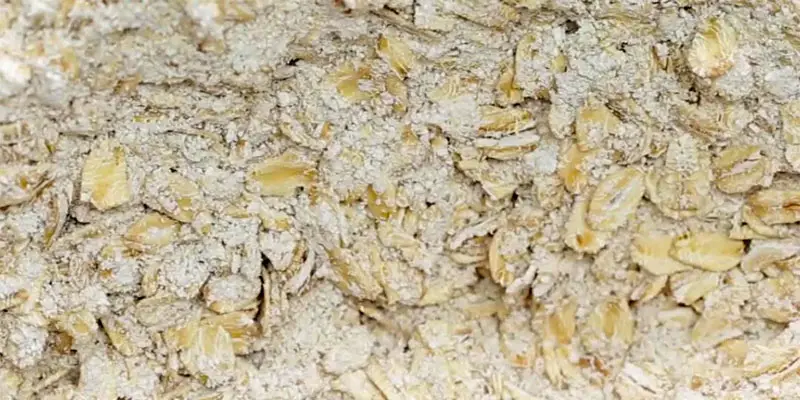
Instant oats are the black sheep of the oatmeal family. They’re fully steam-cooked, rolled as thin as possible, then dehydrated. The good news is you can cook up a bowl of them in mere minutes and they can come pre-flavored.
The bad news is that they have very little fiber compared to the other types and the added sugars can lead to both hunger and fatigue as the day progresses.
Paying attention to the ingredients in a packet of instant oatmeal will help you ensure your pick will have the least amount of added sugar and most healthy fats possible.
2. Quick Oats
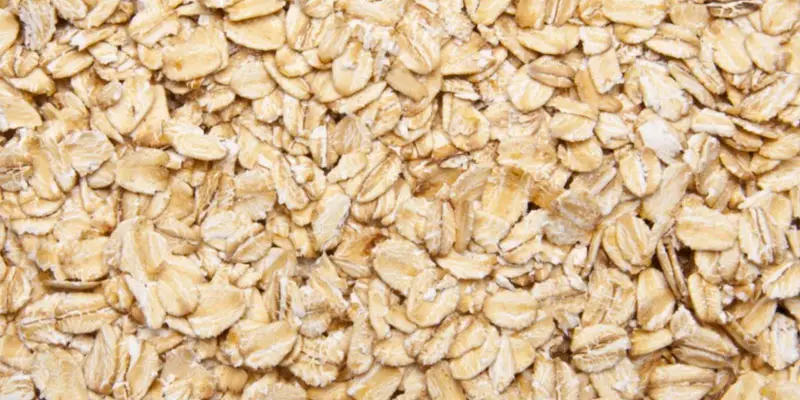
Quick oats are a variation of rolled oats. They’re steamed for a long period of time, then flattened thinly by rollers. The process is more involved, thus more protein and fiber is lost. Quick oats are often used to make oatmeal cookies, a favorite dessert of many.
The upside is that quick oats cook in a short period of time and are excellent as part of a diet plan. As they are less filling, it’s popular to add fresh fruit to this variety of oatmeal to create an even more balanced meal.
3. Rolled Oats
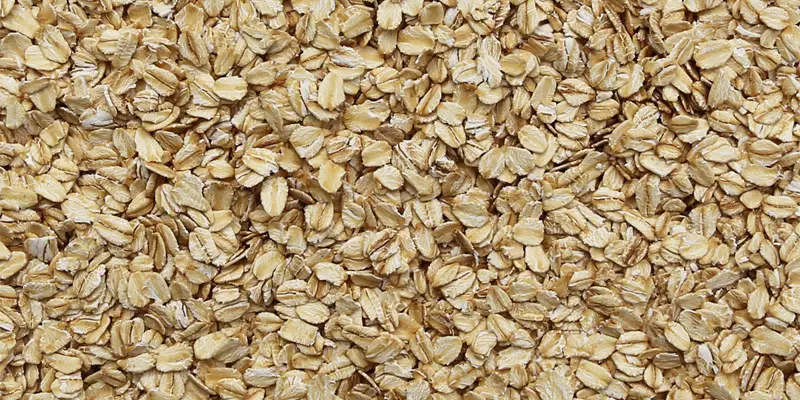
Made famous at breakfast by Quaker Oats, rolled oats begin with steaming groats and flattening them between rollers. This results in a thin, flaky, partially cooked form of oats that has a longer shelf life, shorter cooking time, and an easy solution for many baking and cooking recipes.
The half-cooked nature of these oat make them digest more quickly and be less filling or nutritious. They also tend to slow fat burning.
However, in terms of a healthy alternative to cereals, slow-cooked rolled oats are a great breakfast solution to a busy schedule. Add a side of eggs and some fruit, and you have a complete breakfast.
See Also: 12 Kinds of Tortillas (Try Something Different)
4. Scottish Oats (Pinhead Oats, Porridge)
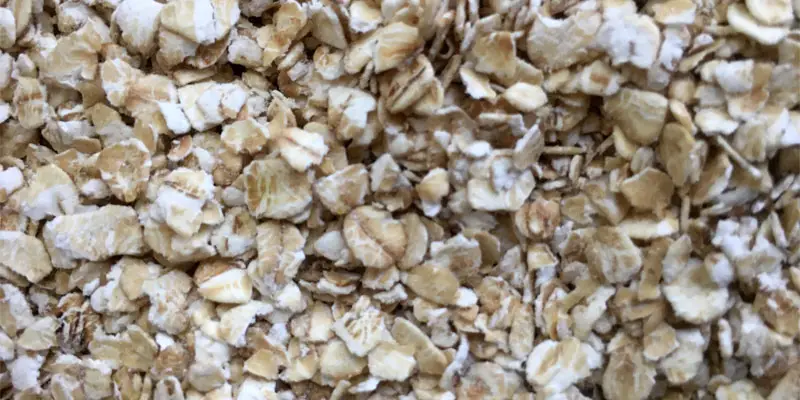
Say what you will about the Scots, Scottish food is meant to be hearty and nutritious. Porridge is a popular breakfast food that hails from Scottish cuisine and is the second most healthy (and second least processed) form of oatmeal on the market. It cooks fairly fast due to the smaller grain size and i an excellent ingredient for baking.
To make Scottish oats, groats are stone ground into a fine, grainy meal with pieces no larger than the head of a pin. This causes some protein and fiber to be lost, which also results in it being less filling than steel-cut oats.
Despite this, a traditional porridge is one of the most rewarding and easy-to-make meal options for a cold winter’s day – breakfast or otherwise
5. Steel-Cut Oats (Irish Oats)
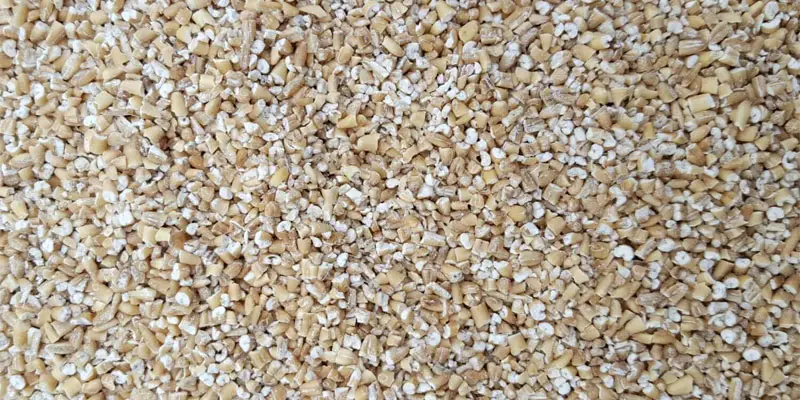
As the name implies, steel cut oats are little more than groat chopped into smaller pieces using steel tools. As it has minimal processing, this form has the highest amount of soluble fiber, making it not only great for those on a diet, but a way to get the most bang from your breakfast. You won’t get hungry as quick, since the fiber hangs around.
This traditional form of oats can be softened in boiling water, then sweetened to taste. It has a rough texture, so it’s a poor baking ingredient. However, this type of oatmeal is popular in home cosmetics, especially as an ingredient in home waxing or exfoliating methods.

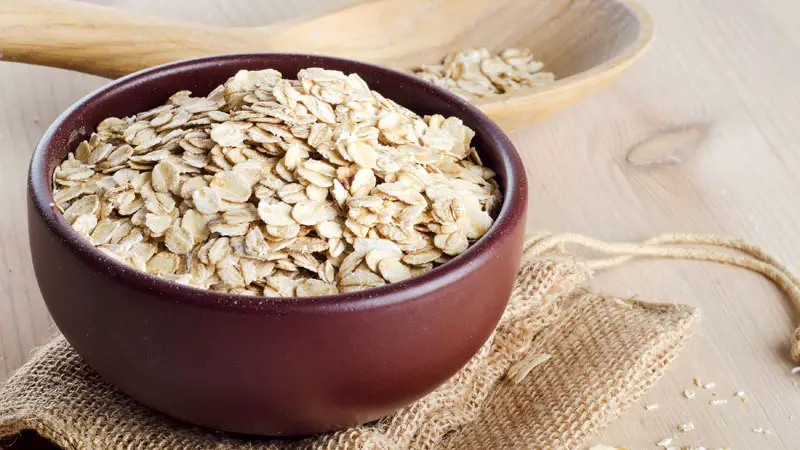
Which type of oat processing yields the largest pieces of oat to eat?